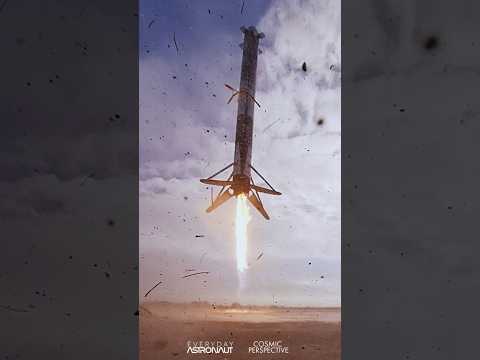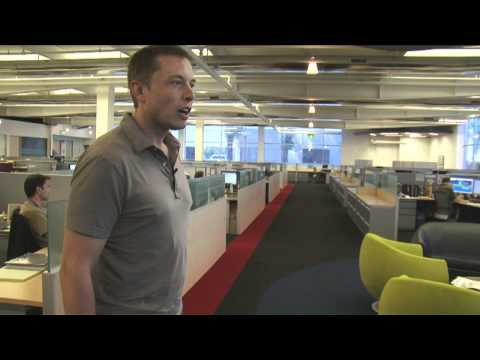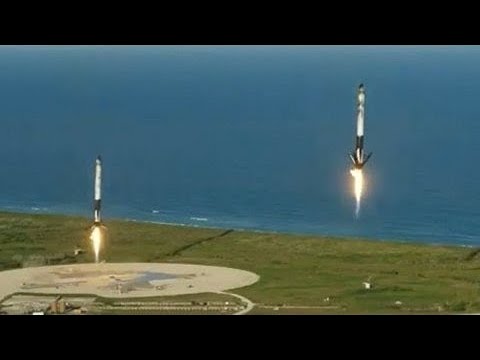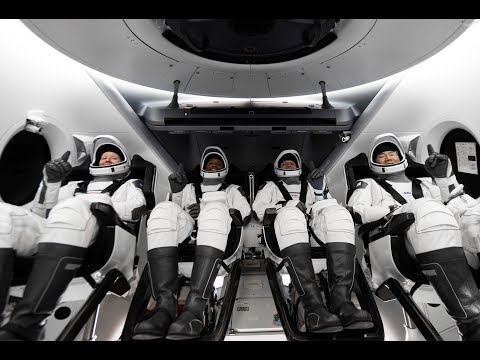SpaceX, founded by entrepreneur Elon Musk in 2002, has revolutionized the space industry with its reusable rockets. Traditional space exploration involved discarding rockets after use and incurring enormous costs with each launch. However, SpaceX aimed to change this narrative by developing technology that would allow for the safe recovery and reuse of rockets.
On December 21st, 2015, SpaceX achieved an awe-inspiring milestone when it successfully landed its Falcon 9 rocket at Cape Canaveral Air Force Station in Florida. This remarkable achievement marked the first time in history that a rocket had returned intact from an orbital launch mission. The landing was met with cheers and applause from SpaceX employees and observers worldwide who recognized the significance of this scientific breakthrough.
Several years later, on February 6th, 2018, SpaceX again captured global attention when it successfully launched its Falcon Heavy rocket and managed to land not just one but two side boosters simultaneously back on Earth. The synchronized touchdown was an incredible feat that demonstrated SpaceX’s prowess in precision engineering and avionics.
These high-profile successes have not only showcased the capabilities of reusable rocket technology but have also helped drive down the cost of accessing space. Traditional rockets are designed for one-time use only; they are built with highly specialized components that are discarded after each mission. In contrast, reusable rockets significantly reduce expenses associated with manufacturing new rockets for every launch.
But how does one land a rocket like SpaceX? It requires careful planning, relentless experimentation, and rapid iteration based on lessons learned. SpaceX engineers spent countless hours refining the landing process, using computer simulations and physical tests to ensure the rockets land safely.
The landing itself is a multi-stage process. After delivering the payload to its intended destination in space, the first stage of the rocket needs to separate, reorient itself, and ignite its engines in a controlled descent. The rocket then performs complex maneuvers, including flips and controlled burns, to slow down its descent and guide it towards a predetermined landing site.
One of the most remarkable aspects of these landings is the precision achieved by SpaceX’s autonomous self-landing system. Once within range of its target area, the rocket’s engines reignite to bring it gently down for a vertical landing. This level of accuracy is essential to ensure a safe touchdown and guarantee that no damage occurs during this critical phase.
The successful landings by SpaceX have opened up numerous possibilities for space exploration and travel. Reusable rockets pave the way for more frequent launches with reduced costs per mission. Such financial savings enable increased experimentation, research, and commercial opportunities in space that were previously deemed unfeasible.
Furthermore, SpaceX’s achievements have inspired other companies and nations to embark on their own missions to develop reusable rockets. Blue Origin, founded by Amazon’s Jeff Bezos, has successfully carried out vertical landing tests with its New Shepard rocket and plans to launch its larger New Glenn rocket in the near future.
As we look towards a future where space travel becomes more accessible and routine, it is crucial to acknowledge that these advancements are not just about scientific progress but also about unlocking our potential as a species. Landing rockets like SpaceX represents our collective determination to explore new frontiers while creating opportunities for innovation and economic growth on Earth.
The achievements of SpaceX have undoubtedly transformed our understanding of space exploration and challenged longstanding assumptions about what is possible. Landing a rocket was once an unimaginable feat reserved for science fiction; now it has become an unparalleled reality that will continue to shape the future of space travel. Through the relentless pursuit of innovation, we can boldly go where no one has gone before, leaving a lasting legacy for generations to come.





